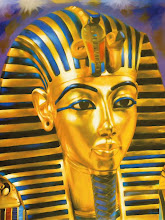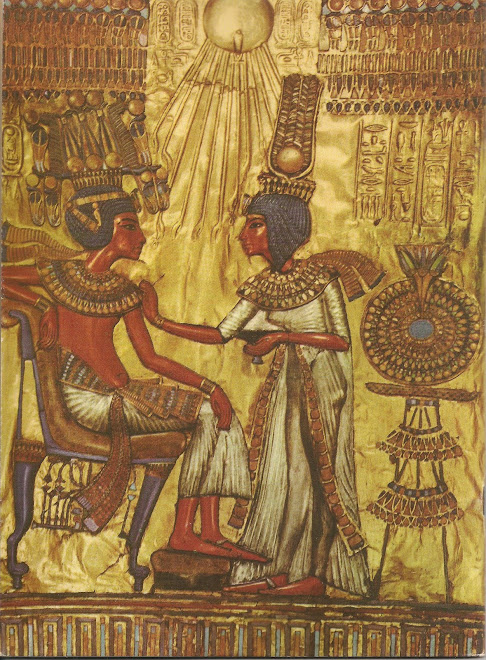quinta-feira, 5 de agosto de 2010
Horus & Aeon of Horus
Horus is one of the oldest and most significant deities in the Ancient Egyptian religion, who was worshipped from at least the late Predynastic period through to Greco-Roman times. Different forms of Horus are recorded in history and these are treated as distinct gods by Egyptologists.[1] These various forms may possibly be different perceptions of the same multi-layered deity in which certain attributes or syncretic relationships are emphasised, not necessarily in opposition but complementary to one another, consistent with how the Ancient Egyptians viewed the multiple facets of reality.[2] The earliest recorded form is Horus the Falcon who was the patron deity of Nekhen in Upper Egypt and who is the first known national god, specifically related to the king who in time became to be regarded as a manifestation of Horus in life and Osiris in death.[1] The most commonly encountered family relationship describes Horus as the son of Isis and Osiris but in another tradition Hathor is regarded as his mother and sometimes as his wife.[1] Horus served many functions in the Egyptian pantheon, most notably being the god of the Sky, god of War and god of Protection.
( extract source - http://en.wikipedia.org/wiki/Horus )
Marcadores:
aeon of horus,
ancient egypt,
deities,
Horus_,
magick,
the book of the law,
Thelema_
Subscrever:
Enviar feedback (Atom)


.jpg)
.jpg)








+001.jpg)

+001.jpg)

+001.jpg)








+001.jpg)


+001.jpg)




+001.jpg)

+001.jpg)


+001.jpg)
+001.jpg)
+001.jpg)
.jpg)



Harpocrates or "Horus the Child" is the son of Isis and Osiris. He represents legal kingship as mythical successor of his father Osiris, who, in death, became Lord of the Netherworld. He was especially popular in the Late and Greco-Roman periods.
ResponderEliminarRepresentations such as this show him as a nude boy with his finger to his mouth, and a sidelock of hair, the symbols of childhood. Here he also has a uraeus (a cobra serpent) above his forehead, symbolizing his entitlement to kingship.
- Walters Art Museum -
(note: this text is about the post image...)